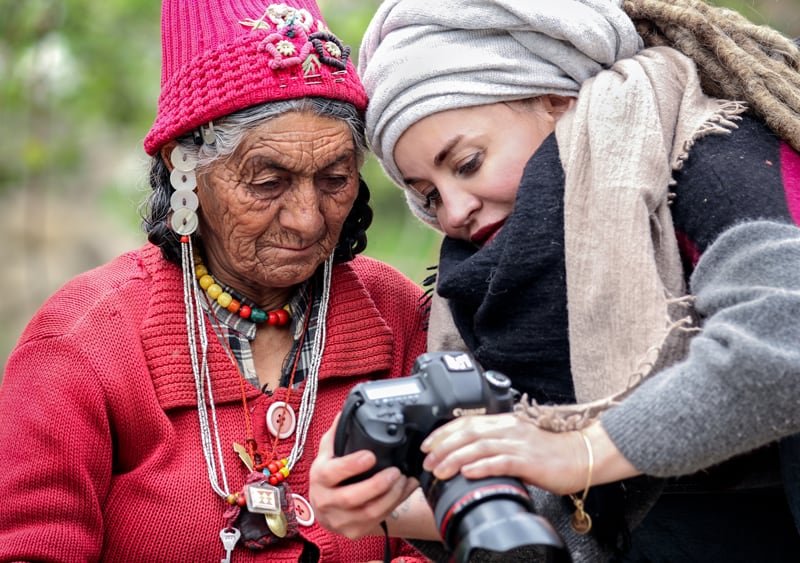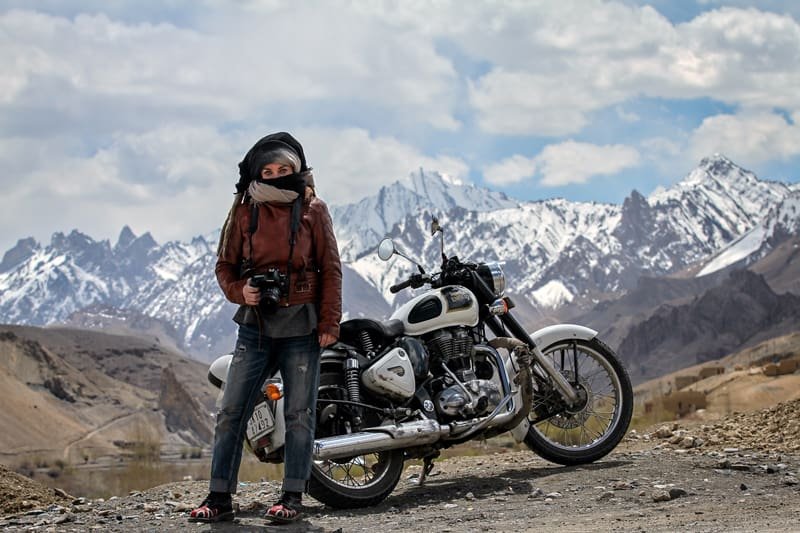Ancient Aryan Tribes | The Brokpa of Jammu and Kashmir
Ladakh, known by many names reflecting both the natural beauty and close relationship with Tibet, Ladakh is called the “Land of High Passes” in the Tibetan and Ladakhi language, the “Great Tibet” in Medieval Islamic literature, or “Little Tibet” in trans-Himalayan states in Kashmir. Ladakh is the highest plateau in India(over 9,800 ft) and a part of the larger Kashmir region and surrounded by the Great Himalayas and bordered by the Tibet Autonomous Region, Jammu & Kashmir, and Pakistan-administered Gilgit-Baltistan.
The earliest inhabitants consisted of a mixed Indo-Aryan population of Mons and Dards. People of Dard descent predominate in Dras and Dha-Hanu areas. The Dha-Hanu area residents, known as Brokpa, are predominately followers of Islam. While small minorities follow Tibetan Buddhism and Hinduism, most Brokpa has preserved much of their original Dardic traditions and customs.
The Brokpa | Drokpa, Dard and Shin
The Brokpas are an isolated tribal population of the Dah-Hanu villages of the Leh Ladakh district of India. They speak Dardic, a sub-branch of the Indo-European language family, and are putatively identified as “pure Aryan.” The Brokpa communities call themselves Minaro (meaning Aryan) but are popularly known as Brokpa.
Brokpas have maintained their purity of race and culture without being hostile to the outside world’s influence. Strict social rules and pride in their ancestry have helped preserve their way of life and genetic uniqueness. The seclusion of the tribe over thousands of years has preserved their original looks, which are different from others in the region. They appear ethnically distinct from Ladakhis or Kashmiris. They look statuesque and attractive, further accentuated by their cultural clothing.
Brokpas tribes are identified by a colorful headgear called Tepi, a colorful crown embellished with colorful berry flowers considered pure and auspicious. In addition, the women also wear heavy metal, gold, and silver jewelry, full-length sheepskin capes, and wool pheran embellished with old metal coins. The men mostly wear maroon gowns with cummerbunds.
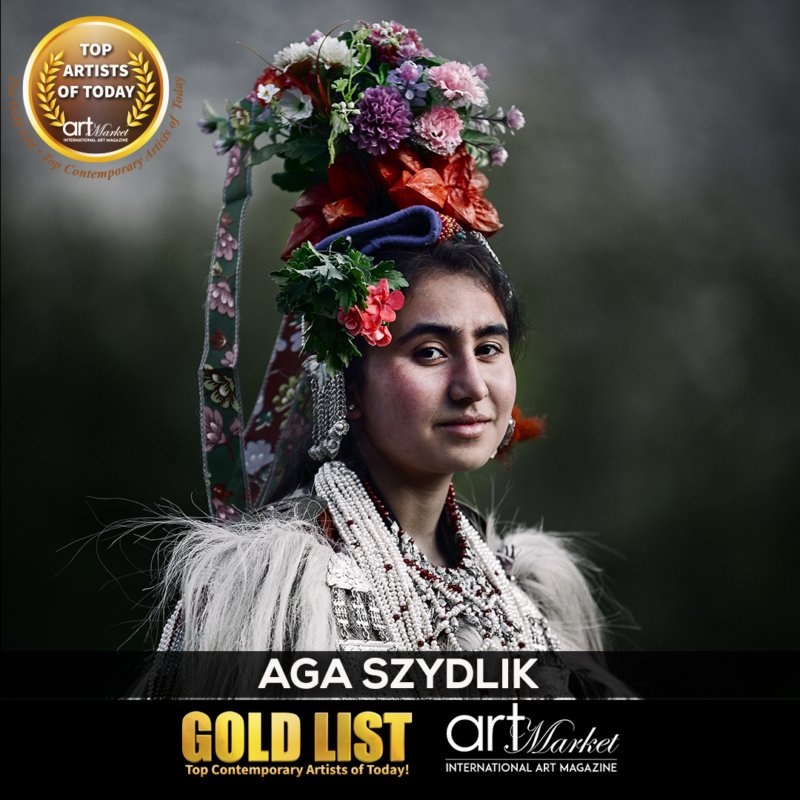
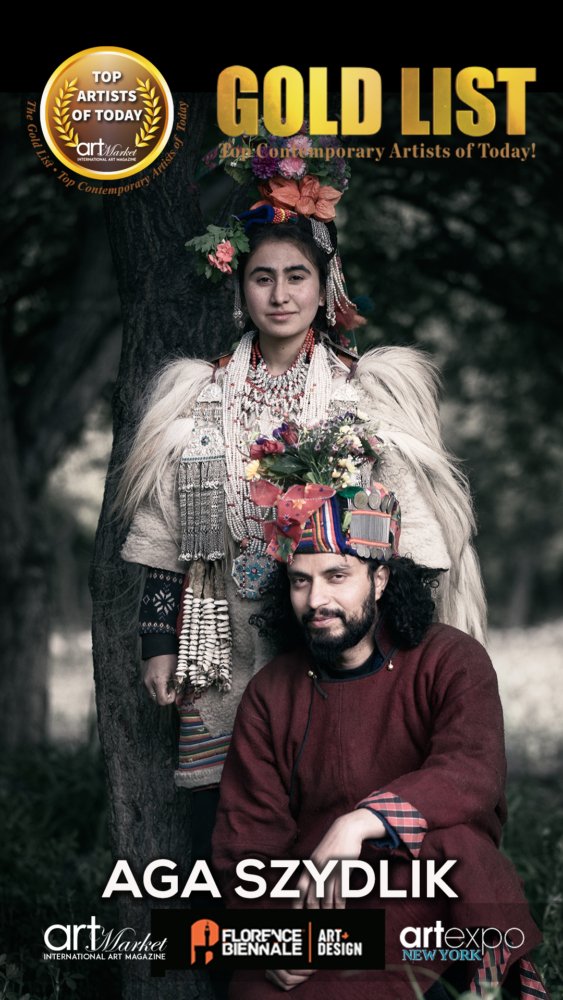

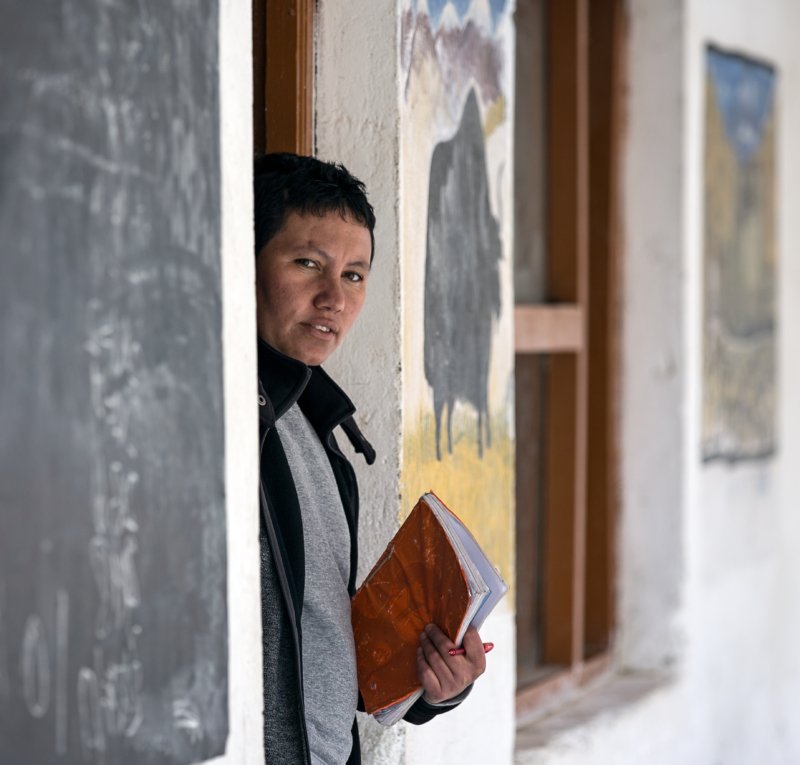

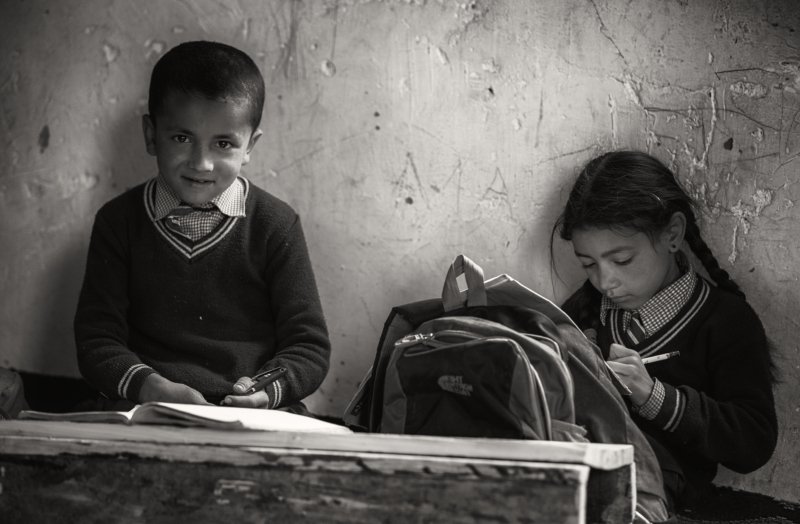
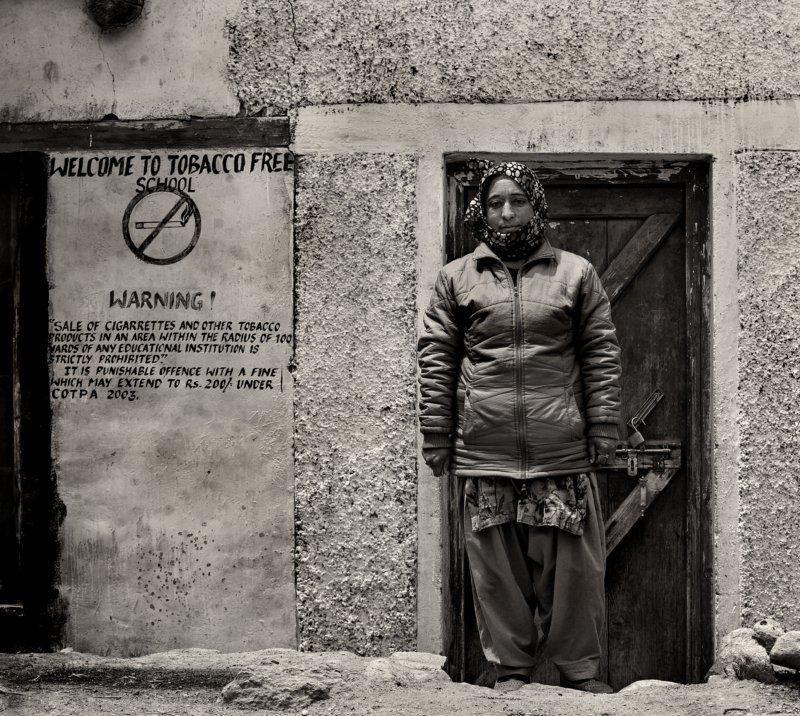
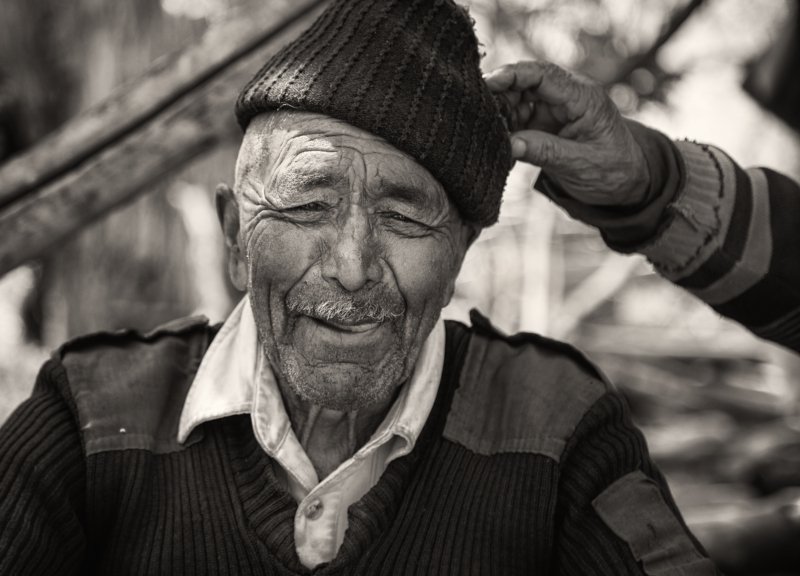

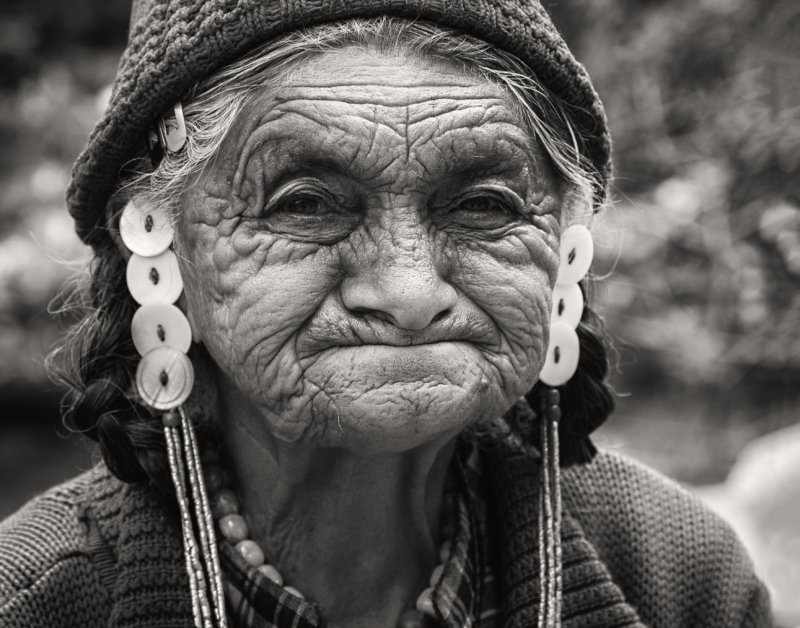
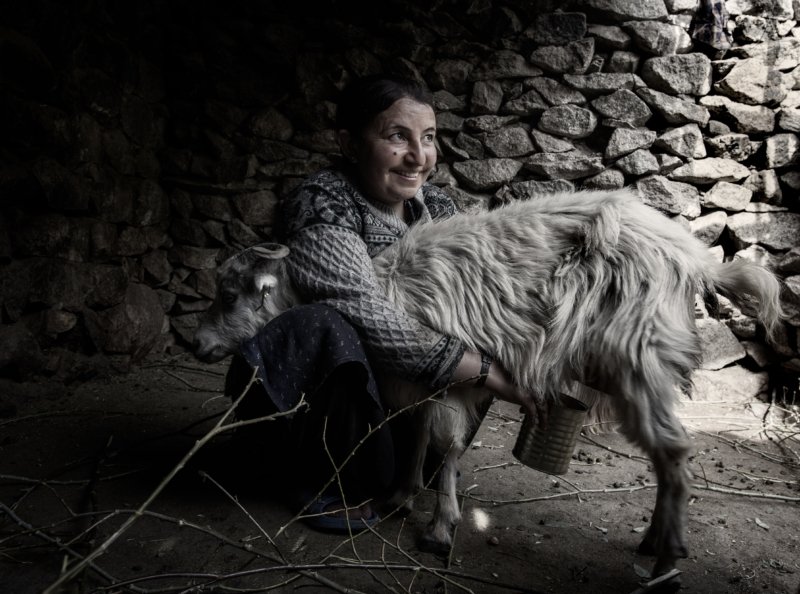

Sources and Links:
- https://pubmed.ncbi.nlm.nih.gov/31856597
- https://www.undp.org/india/happy-days-are-now-just-nostalgia
- https://www.probashionline.com/alexanders-lost-army-the-brokpa-community-of-ladakh/
- Publications and Exhibitions
Memories

